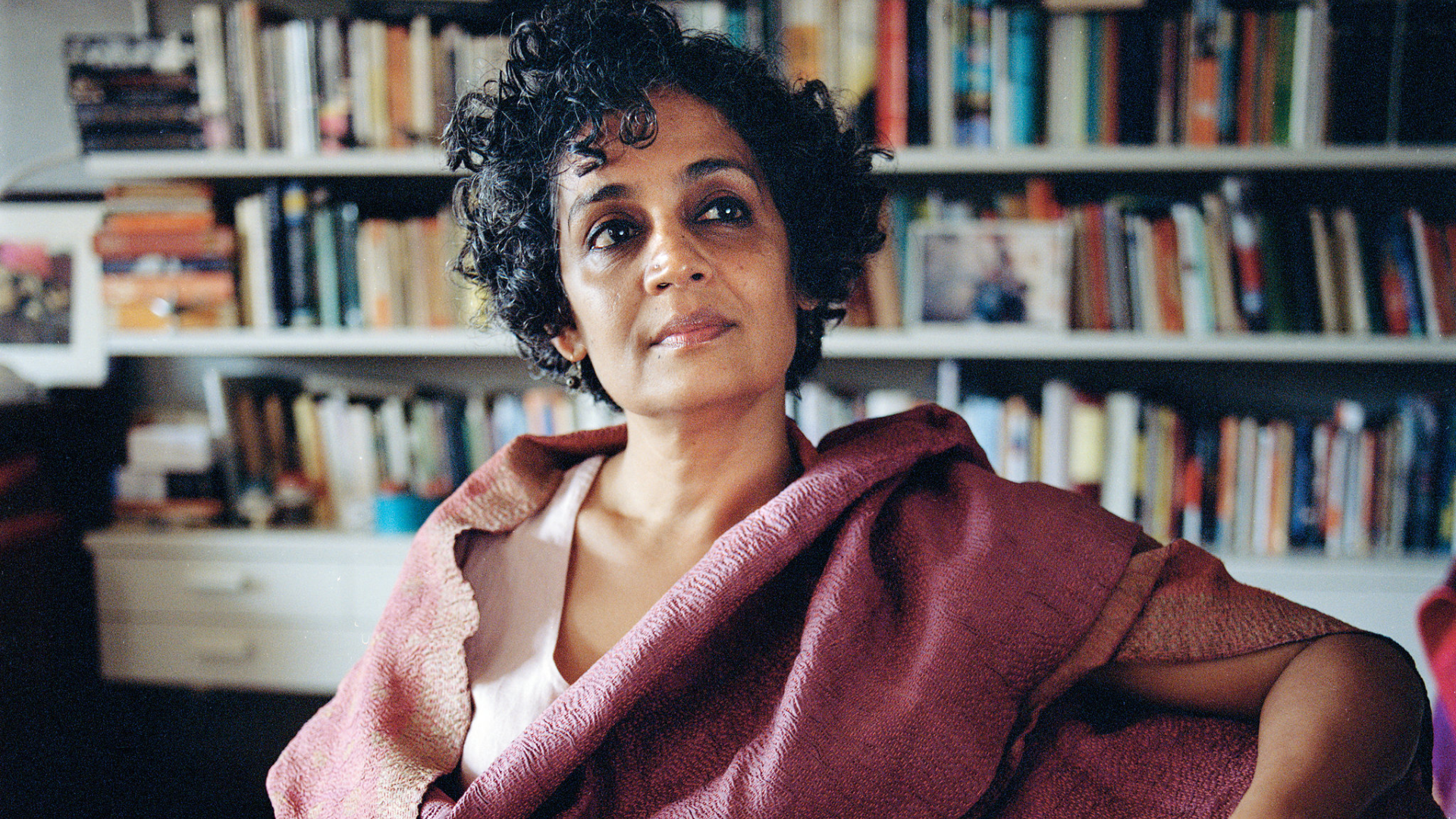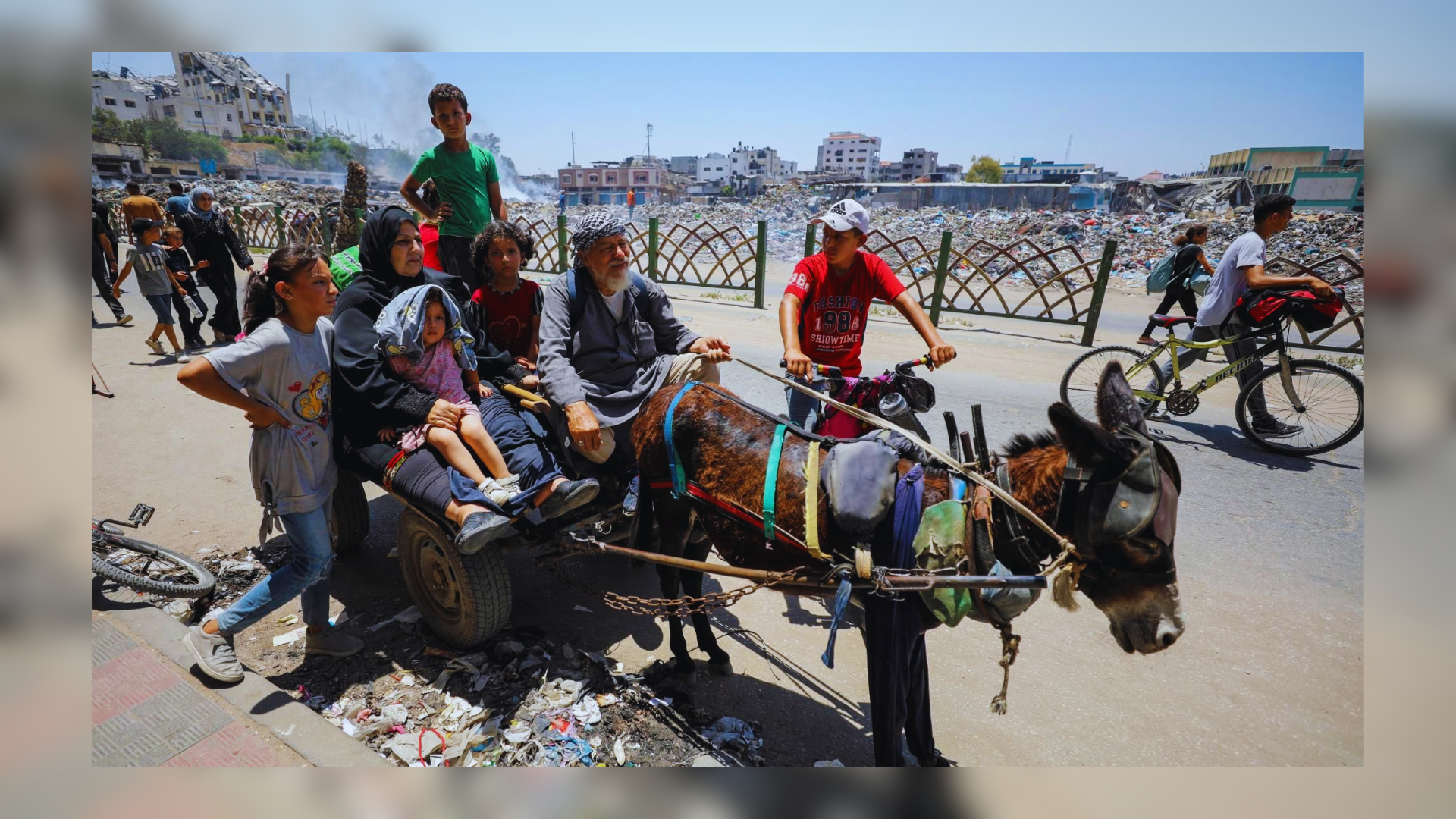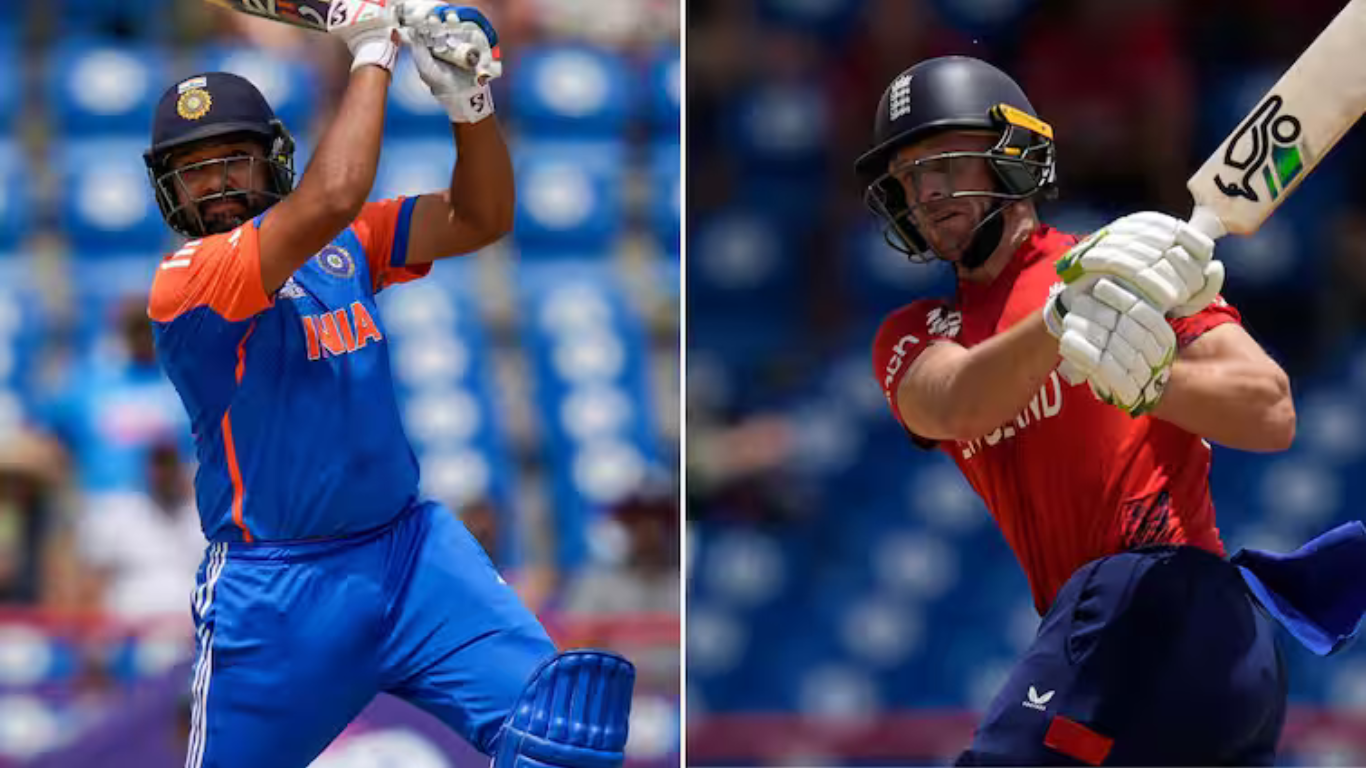










In a country where godesses are revered and worshipped in the form of Laxmi and Durga, there is also a contrasting harsh reality for the women. Women in the country have been subjected to the various forms of violence for decades to follow and one of the most common form of violence that has been reported against women across generations is domestic violence, with about 4,45,256 cases in 2022 according to National Crime Records Bureau Report. It has been noted that 32% of ever-married women reported having experienced physical, sexual, or emotional violence by their husbands in their lifetime. The most common type of spousal violence, in India, is physical (28%), followed by emotional (14%), and sexual (6%).
Domestic violence or spousal violence has been noted to be one of the most common violence against women in the country and it continues to escalate, with recent statistics painting a troubling picture. The recent government data revealed that the police authorities registered near about 103, 272 cases of domestic violence back in the year 2018 which gradually increased to an odd figure of 112,292 in the year 2020. According to India’s National Family Health Survey, about 33% of the women in the country have expericed some kind of vilence at the hands of their spouse. Most women had, notably, experienced physical, sexual, or emotional marital violence in 2015-16, however, it was also noted that only 14% sought help from the Women’s Commission. These figures have evidently suggested that a crime of domestic violence occurs against a woman every five minutes in India.
Section 498A of the Indian Penal Code has stated maintained that domestic violence is a non-bailable offense. It allows married women to file cases against their husbands and in-laws with regards to violences like dowry demands or harassment and the offenders would be faced with a punishment of up to three years in prison under this section. Despite this legal framework, the judicial system often emphasizes preserving marriages. Notably, in 2021, the Allahabad High Court urged family courts to take every possible step to save marriages in disputes, highlighting Section 9 of the Family Courts Act 1984.
Talking about spousal violence or Intimate partner violence (IPV) in India, it extends far beyond the boundaries of marriages. It also includes the various forms of abuse that maybe inflicted by current or former partners. Additionally, it has been widely known that IPV largely involves violence against women, however, what is lesser known is that it also involves violence against men and individuals of alternative genders along with women. While they also face abuse, it is often left unaddressed due to the various stereotypes, societal taboos and the laws that focus on marital violence.
Global statistics indicate that women and girls disproportionately bear the brunt of IPV, experiencing violence from male relatives within their family homes. In India, cultural practices such as son preference, dowry, and caste hierarchies exacerbate the issue, contributing to the disempowerment of girls and women.
Also read: Women And Goddesses, The Irony Of The State Of India
Approximately 30% of married women aged 18 to 49 in India report experiencing domestic violence, with 3% enduring physical violence during pregnancy. However, the true extent of IPV is challenging to ascertain due to reliance on police and health data, which may not capture the full spectrum of abuse faced by women throughout their lives.
Government policies primarily focus on reproductive health, often overlooking the pervasive nature of intimate violence. An overwhelming 87% of married women who suffer violence do not seek help, highlighting the need for better support systems and awareness.
Feminist movements in India have long advocated for laws protecting women from violence. The 1980s saw the establishment of support groups, shelters, and legal aid cells to address dowry-related violence. The enactment of the Protection of Women from Domestic Violence Act in 2005 marked a significant step forward, yet implementation challenges persist.
Recent calls for legal amendments aim to broaden protections to include cohabiting adults and male and female offenders, as well as those who abuse children. Ensuring the appointment of protection officers and the registration of service providers remains a hurdle.
Addressing IPV requires a multifaceted approach involving legal, health, and educational reforms. Government programs under the National Rural and Urban Health Mission empower communities by improving access to healthcare, education, and economic opportunities. Health workers play a crucial role in addressing mental health needs, substance abuse, and marital conflicts through counseling and public health campaigns.
Educational initiatives focus on legal literacy and economic empowerment, enabling women to escape abusive relationships. National helplines and schemes prioritizing girls’ education aim to prevent early marriages and protect women from violence.









